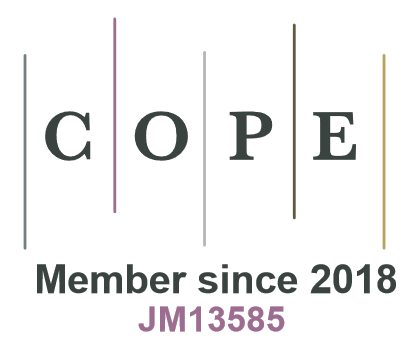Select issue
Silva Fennica 1926-1997
1990-1997
1980-1989
1970-1979
1960-1969
1950-1959
1940-1949
1926-1939
Acta Forestalia Fennica
1992-1999
1984-1991
1974-1983
1968-1973
1953-1968
1933-1952
1913-1932
Articles containing the keyword 'acid detergent lignin'
Category : Research article
article id 294,
category
Research article
(2007).
Decomposition of fine roots and α-cellulose in a short rotation willow (Salix spp.) plantation on abandoned agricultural land.
Silva Fennica
vol.
41
no.
2
article id 294.
https://doi.org/10.14214/sf.294
Keywords:
decomposition;
α-cellulose;
fine roots;
acid detergent lignin;
short rotation forest;
Salix spp.
Abstract |
View details
|
Full text in PDF |
Author Info
Decomposition of fine roots (<1 mm in diameter) of the clones of Salix viminalis, S. dasyclados and α-cellulose sheets (50 x 10 x 1 mm) was studied in a 6-years old Salix spp. plantation established on abandoned agricultural land in Estonia. The substrates were incubated in litterbags (mesh size 0.14 mm) in 5–10 cm topsoil, in non-fertilised plots for one year. Changes in the ash-free weight of the fine roots were best described by negative exponential models (S. viminalis R2 = 0.98, S. dasyclados R2 = 0.96), and by a linear model for α-cellulose (R2 = 0.63). The sheets of α-cellulose decomposed roughly twice as rapidly as the fine roots (S. viminalis k = 0.325, S. dasyclados k = 0.165). The remaining (of the initial) ash-free weights of the fine roots were 73.3 ± 0.8% (mean ± SE) and 85.8 ± 2.2% respectively, and of the α-cellulose 35.9 ± 8.5%, in the end of the one year of decomposition. The amount of acid detergent (AD) lignin in the fine-roots of S. viminalis increased significantly and did not change in S. dasyclados, suggesting higher activity of microbial decomposers in the first substrate. Of the studied quality parameters, the AD lignin was the major factor determining the different rate of decomposition of the fine roots of S. viminalis and S. dasyclados. Nitrogen was recycled in the fine root sub-system in both Salix species. This knowledge can be applied in the management of Salix plantations, aimed at bioenergy production.
Click this link to register to Silva Fennica.
If you are a registered user, log in to save your selected articles for later access.
Your selected articles


